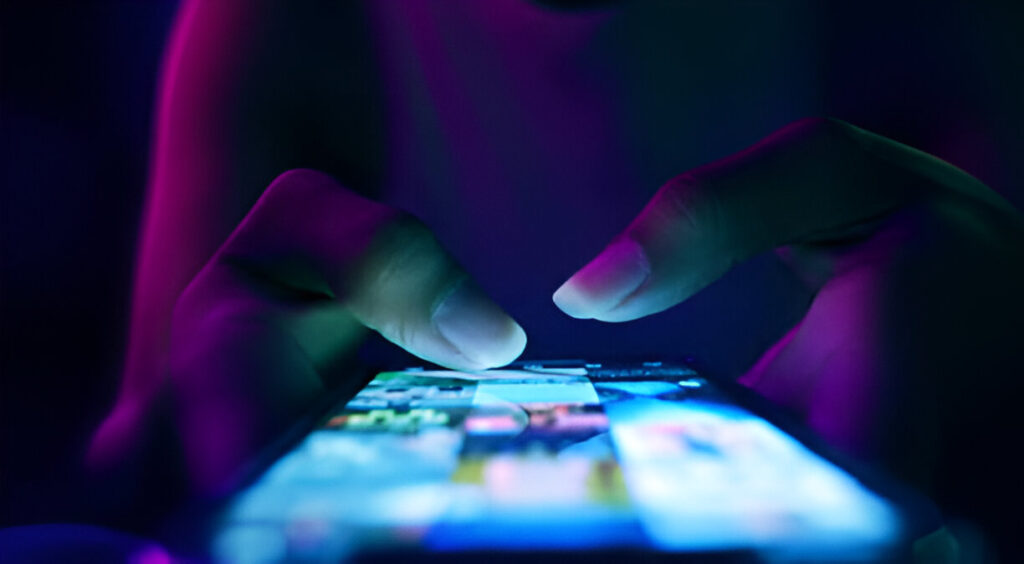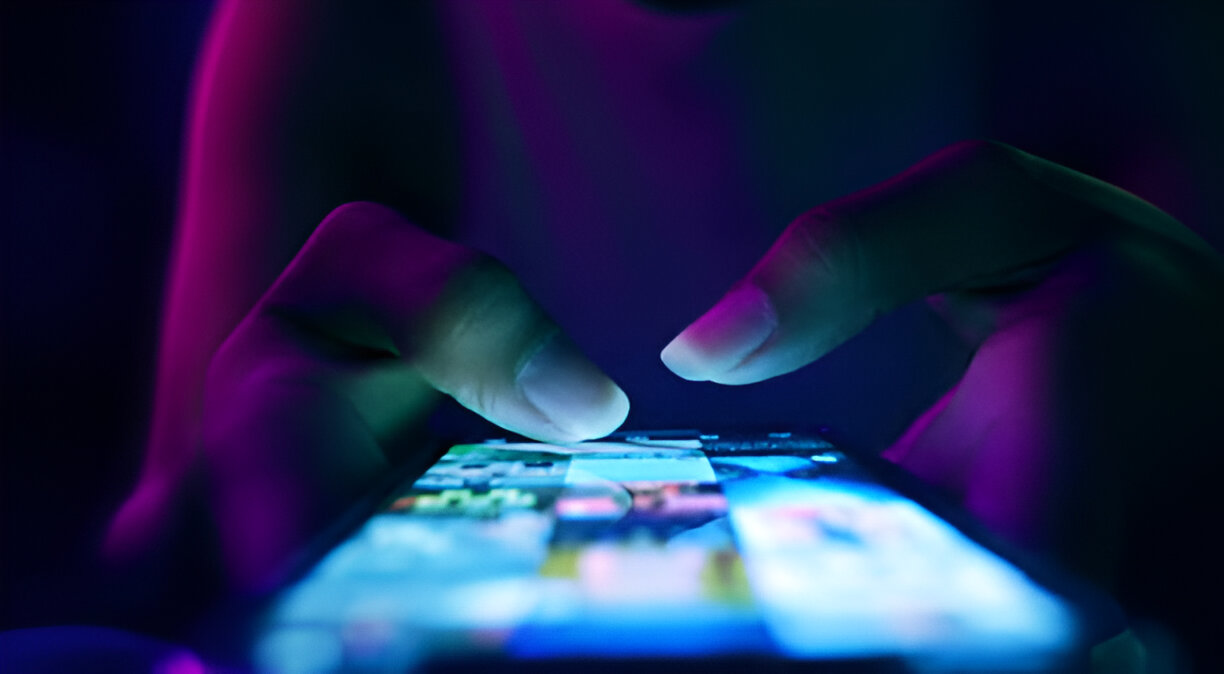In today’s digital age, businesses aren’t just competing for attention—they’re competing for engagement. Every like, comment, share, and save on social media represents a connection with your audience. But why do some posts capture attention instantly while others fall flat? The answer lies in psychology. Understanding how people think, feel, and behave online can help brands design content that resonates, sparks interaction, and ultimately drives results.
This article explores the psychological triggers that fuel social media engagement and how your business can use them to create content that works best.

1. The Power of Emotion
Humans are emotional beings, and social media thrives on emotional connection. Studies show that emotional content is shared more frequently than neutral posts.
- Positive emotions (inspiration, joy, humor) encourage sharing and virality.
- Negative emotions (fear, anger, urgency) grab attention and spark discussions.
Tip: Balance your tone—use emotions to connect with your audience but stay aligned with your brand voice.
2. Social Proof and FOMO (Fear of Missing Out)
People tend to follow the crowd. When users see that a post has thousands of likes or that others are engaging with a brand, they are more likely to do the same. Similarly, FOMO is a powerful driver that motivates users to act quickly before missing an opportunity.
Tip: Showcase customer testimonials, reviews, or user-generated content. Create time-sensitive offers or exclusive content to trigger engagement
3. The Psychology of Reciprocity
When a brand gives value—whether through free tips, entertaining content, or exclusive discounts—people feel compelled to give something back, often in the form of likes, comments, or shares.
Tip: Provide genuine value before asking for engagement. The more helpful you are, the more likely your audience will respond.
4. Visual Attention and Cognitive Ease
Our brains process visuals 60,000 times faster than text. Bright colors, high-quality images, and videos are more likely to capture attention in the endless scroll. Cognitive ease also plays a role: the easier a post is to consume, the higher the chance of engagement.
Tip: Keep captions concise, use bold visuals, and break up text with emojis, bullet points, or line spacing.
5. Storytelling and Relatability
Humans are hardwired to connect through stories. A relatable narrative taps into shared experiences, making users feel “seen” and understood. This emotional resonance increases both engagement and brand loyalty.
Tip: Share behind-the-scenes stories, customer experiences, or founder journeys to create a human connection.
6. The Zeigarnik Effect (The Need for Closure)
Psychologists found that people remember incomplete tasks better than completed ones. On social media, this translates to curiosity-driven content—teasers, cliffhangers, and open-ended questions that leave users wanting more.
Tip: Use phrases like “You won’t believe what happened next…” or post multi-part content that encourages people to return for updates.
7. Community and Belonging
At the core of social media lies the human desire for connection. People engage with content that makes them feel like part of a community or movement.
Tip: Create branded hashtags, run polls, or start conversations that invite users to contribute their voices and experiences.
Social media engagement isn’t random—it’s deeply rooted in psychology. By leveraging emotion, social proof, reciprocity, visuals, storytelling, curiosity, and community, brands can create content that resonates on a deeper level and inspires action.
At CMP Media Agency, we help businesses craft social media strategies that tap into these psychological drivers, turning passive scrollers into active brand advocates. Ready to elevate your engagement game? Let’s make it happen.


